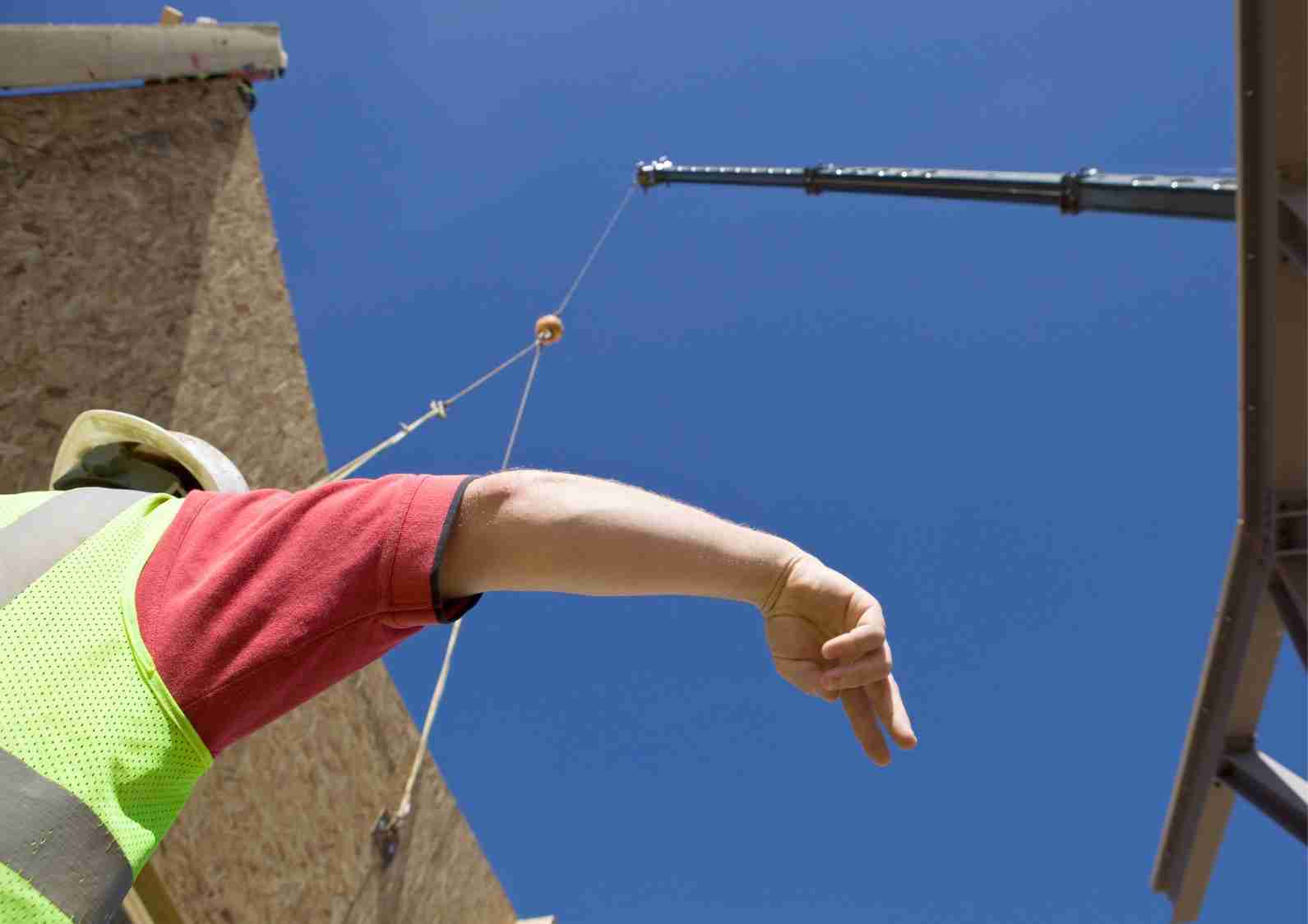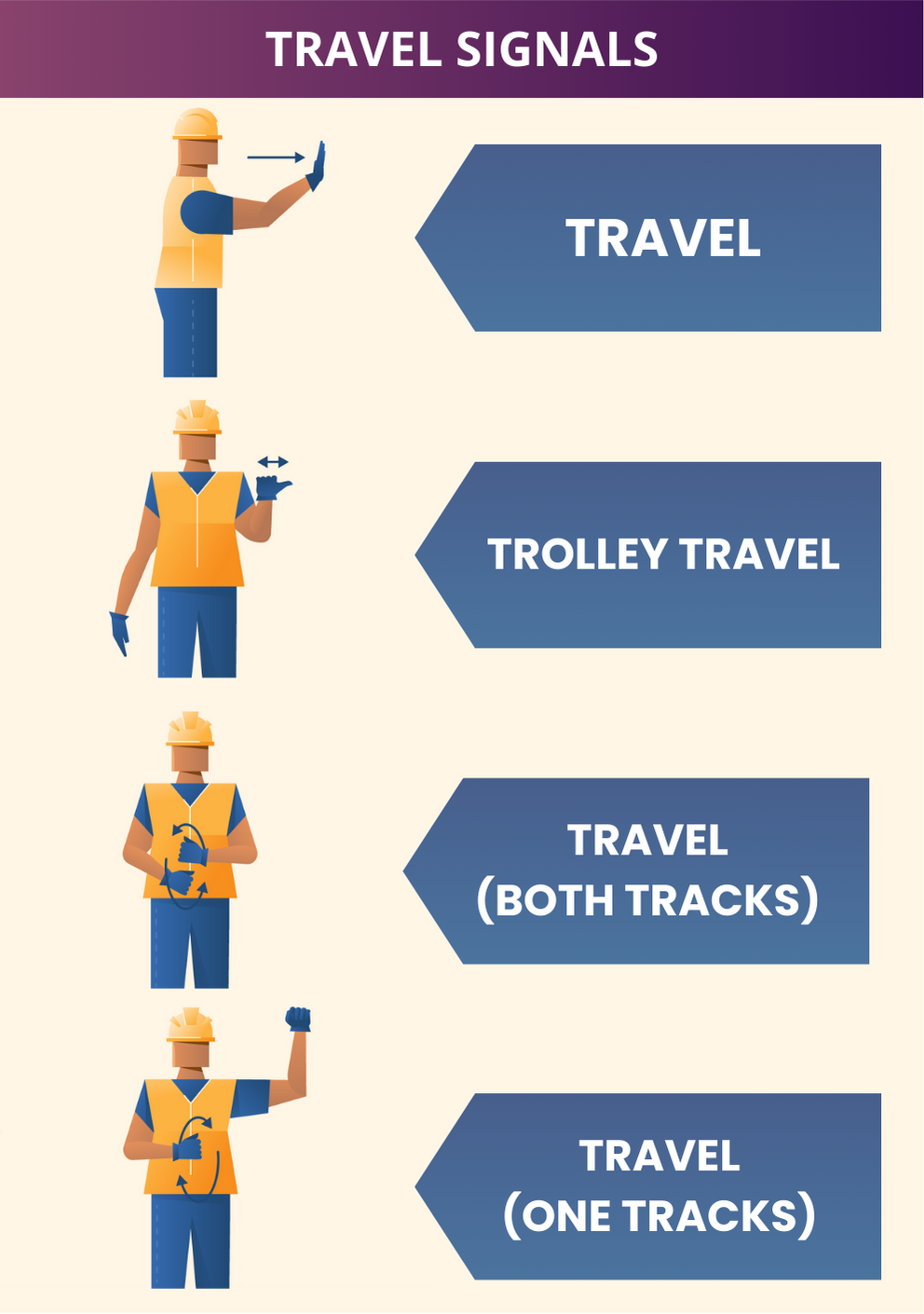
Clean Air Act: History, Standards & Safety
The Clean Air Act (CAA) is a federal law that regulates air emissions from both stationary (industrial) and mobile sources throughout...


Safety is important in any field, especially in construction, where mistakes can have serious consequences. Crane hand signaling is key to maintaining safety on construction sites by facilitating clear communication between crane operators and ground crews. It is imperative to understand that even small misunderstandings can lead to severe incidents. Additionally, crane operations improve the overall productivity of a construction project. Accurate signaling can help in exact movement and reduce the risks of damage to both the crane and its load.
Understanding crane hand signaling is about more than just knowing how to operate a crane. It’s about understanding a language; a form of communication utilized on construction sites to ensure the safe handling and operation of cranes. These signals, either verbal or hand gestures, provide instructions to the crane operator, making it possible to maneuver the crane safely around the worksite.




The art of crane signaling has evolved over the years, adapting to technological advancements and changing construction practices. Modern crane signaling now includes electronic devices and two-way radios, providing an additional layer of safety.
However, despite these advancements, traditional hand signals remain a pivotal part of crane operations. They ensure communication continues even when technology fails. Their universal communication overcomes language barriers, making them invaluable in construction worldwide.
In construction and industrial zones, where noise levels and distance disrupt verbal communication, crane hand signaling plays a key role in communication and coordination. Knowing the proper hand signals and using them correctly not only ensures the safety of personnel and equipment but also improves productivity and maintains legal compliance. Good communication between the signal person and the crane operator is not just mandatory, it is imperative for accident prevention.

The Clean Air Act (CAA) is a federal law that regulates air emissions from both stationary (industrial) and mobile sources throughout...

In 2023, private industry employers in the U.S. reported 2.6 million nonfatal workplace injuries and illnesses, down 8.4% from the previous...

The OSHA Training Institute (OTI) is the official training and education arm of the Occupational Safety and Health Administration (OSHA)...

The term “OSHA 40-Hour Certification” is one of the most common misconceptions in workplace safety training. Many...

Every year, thousands of workers are injured or lose their lives in workplace accidents. These incidents highlight...

Workplace safety is regulated at both the federal and state levels. In Virginia, the Virginia State Plan, also known as...